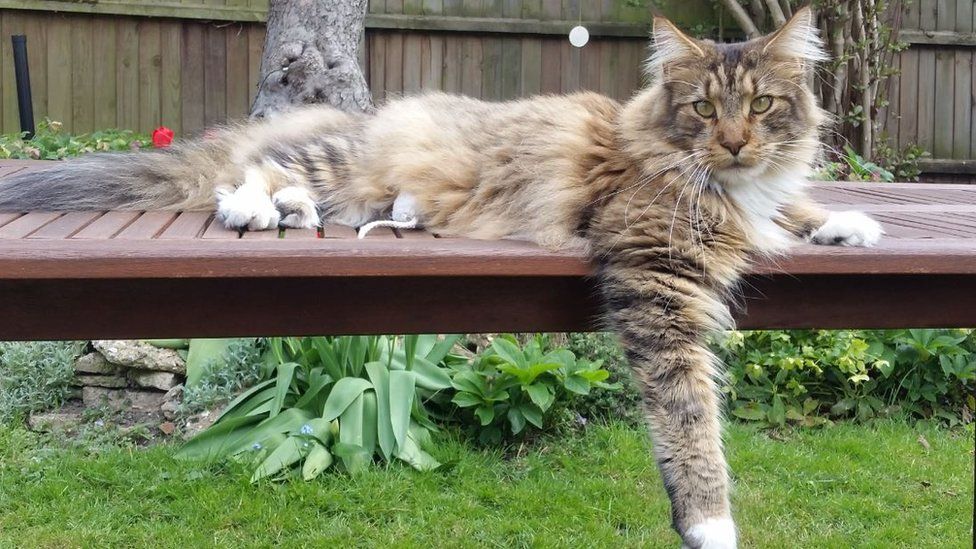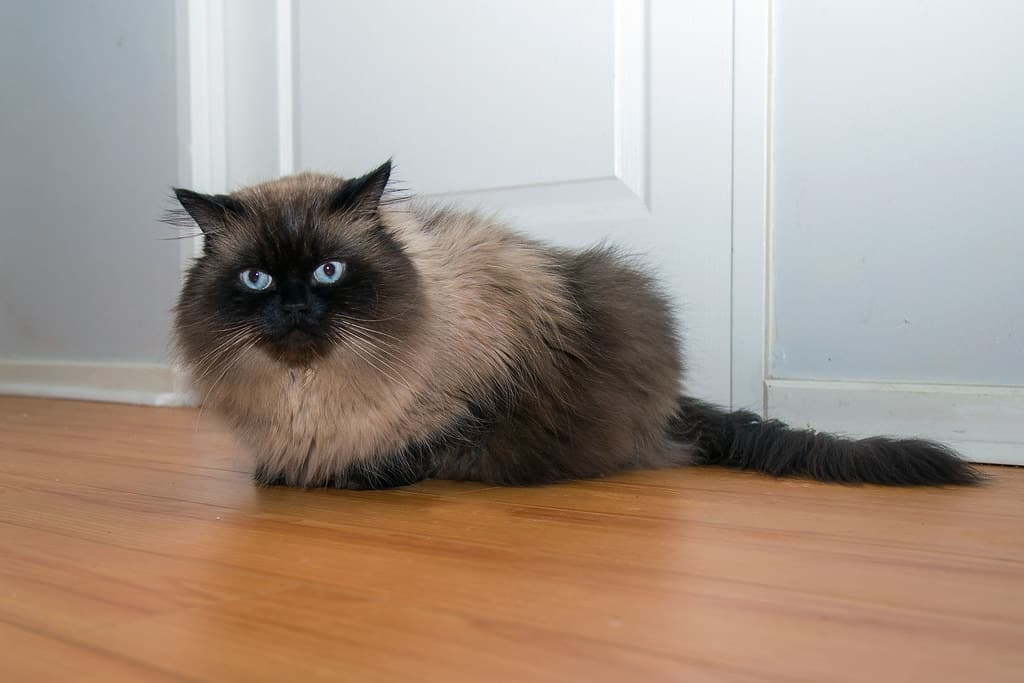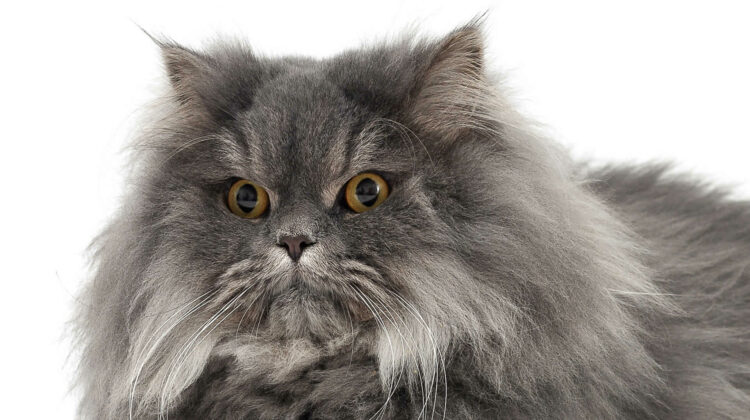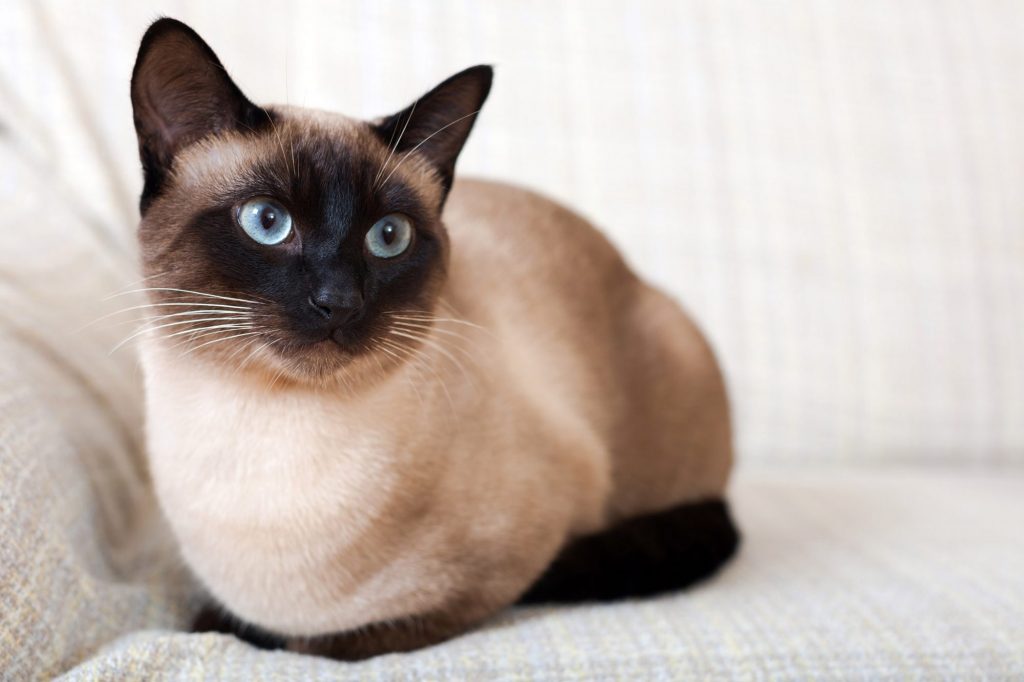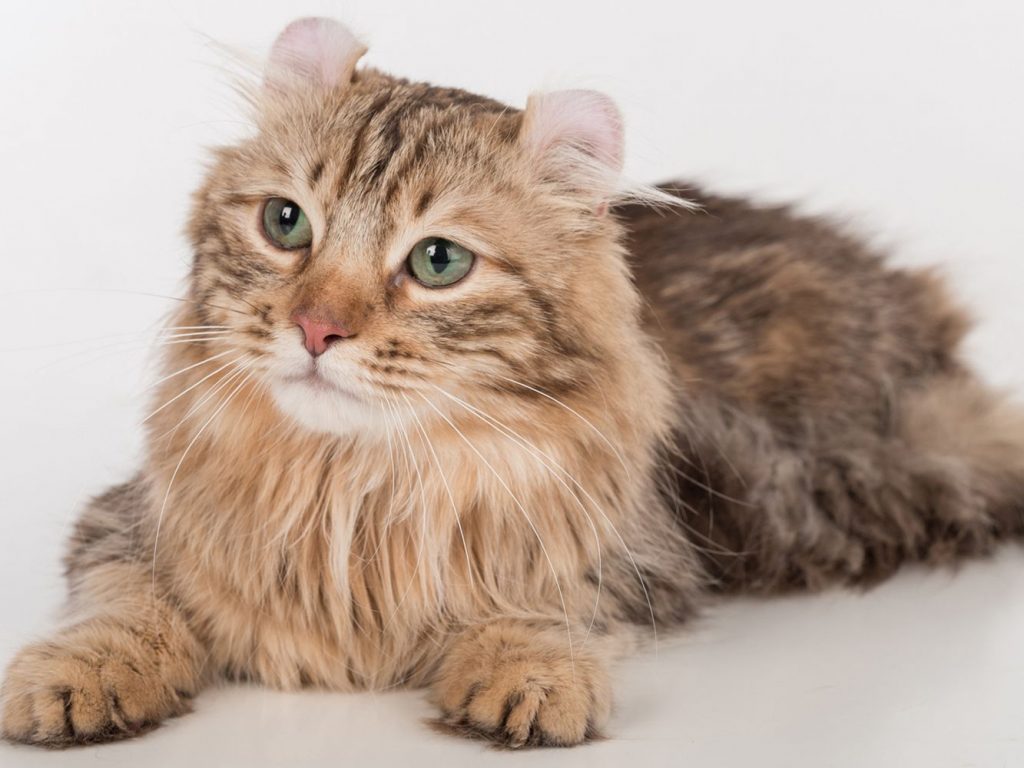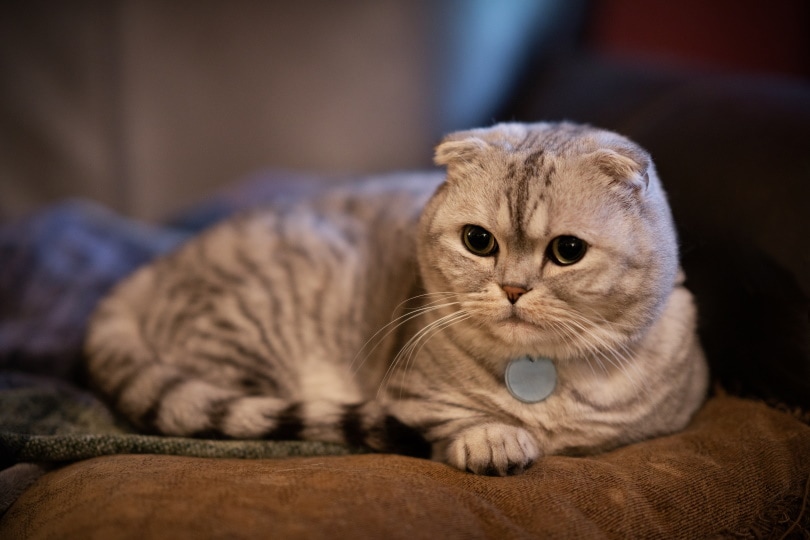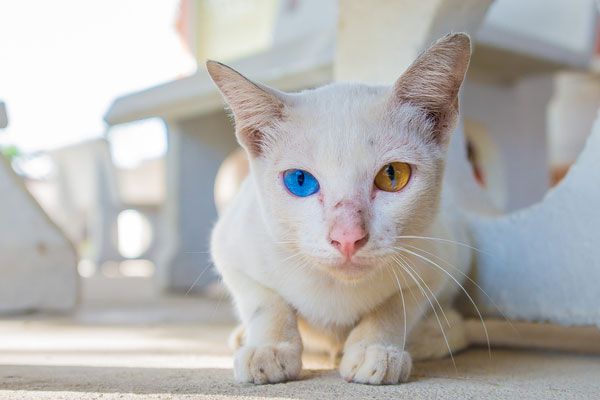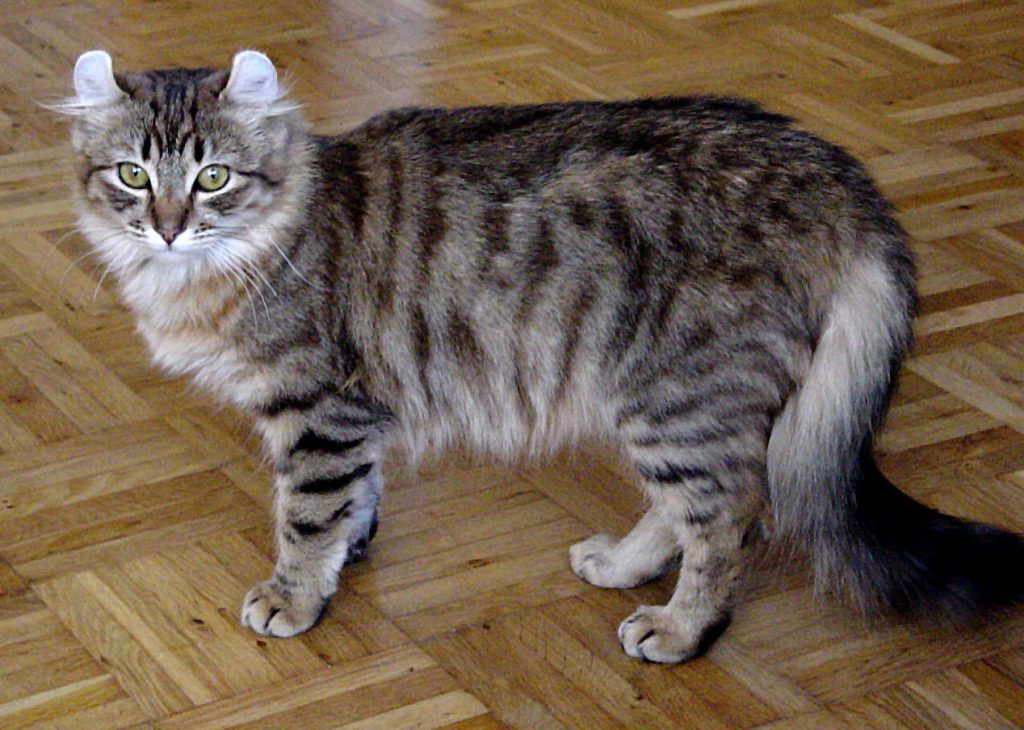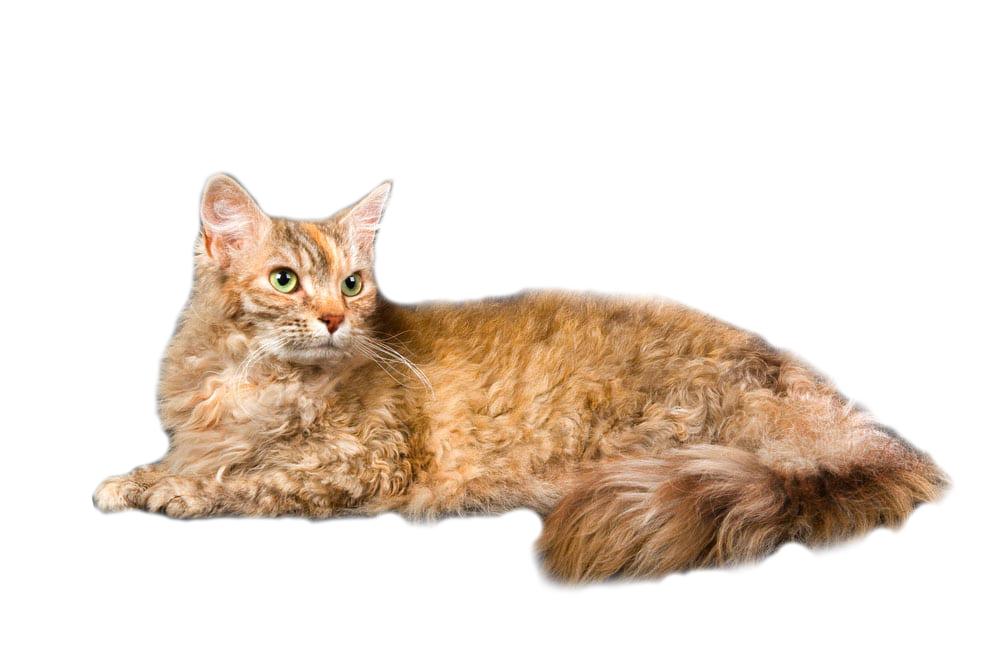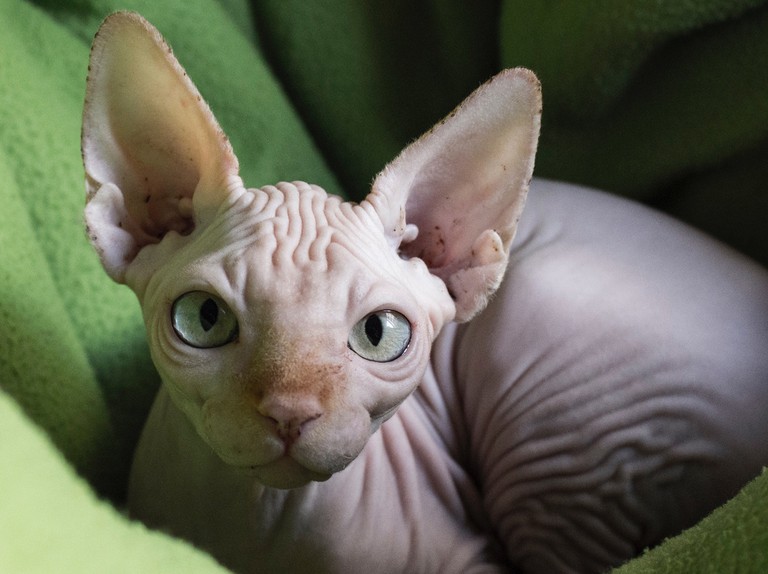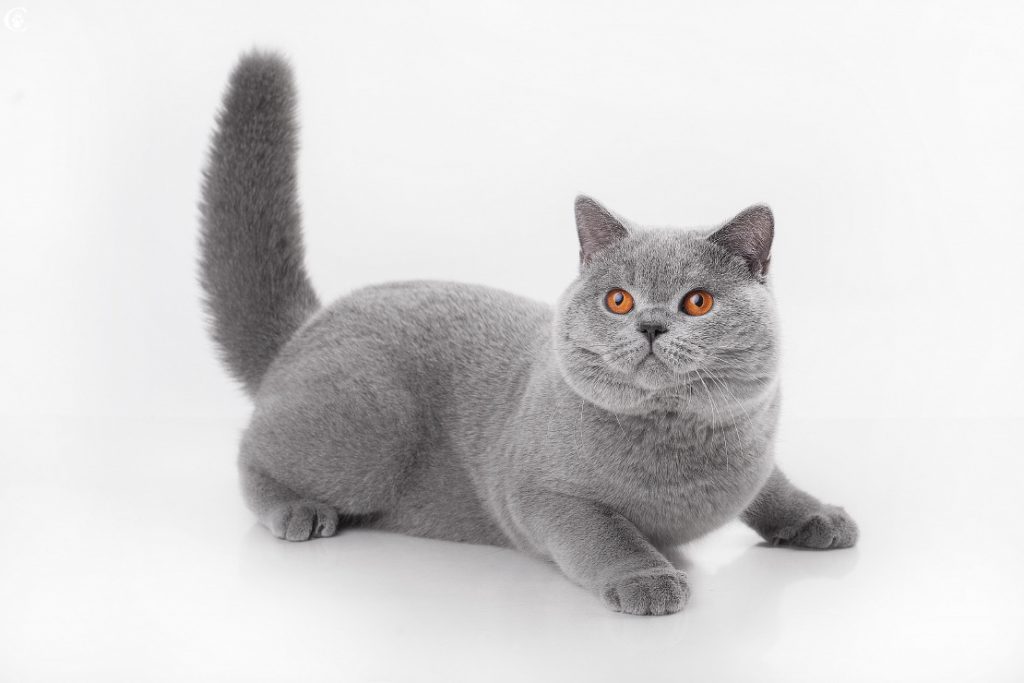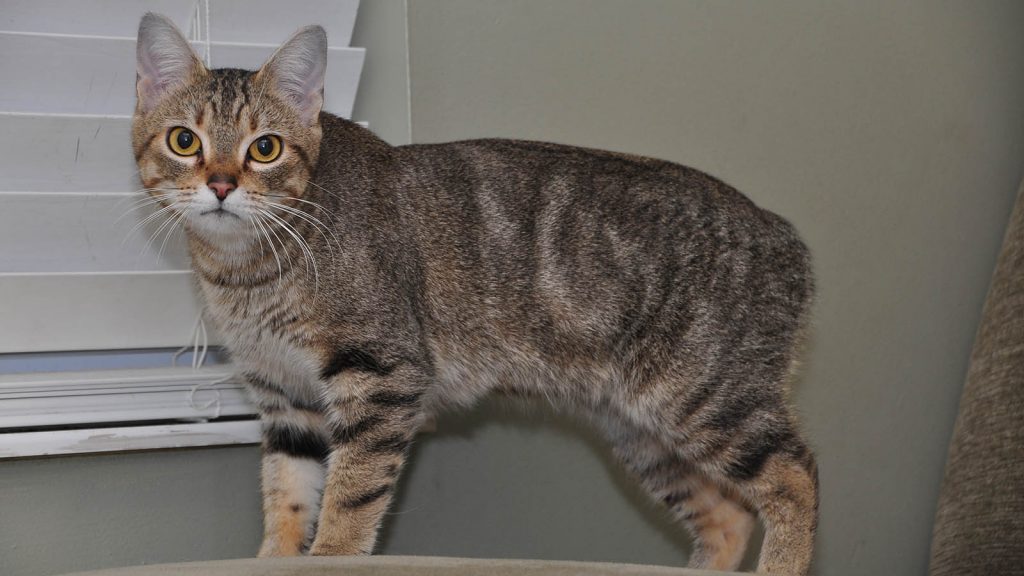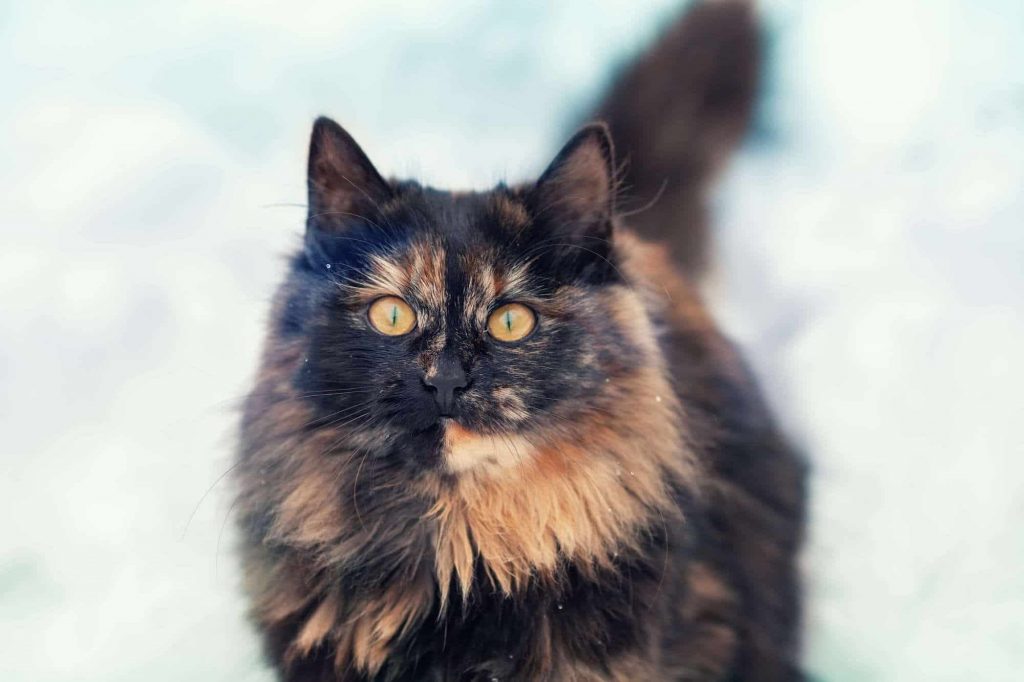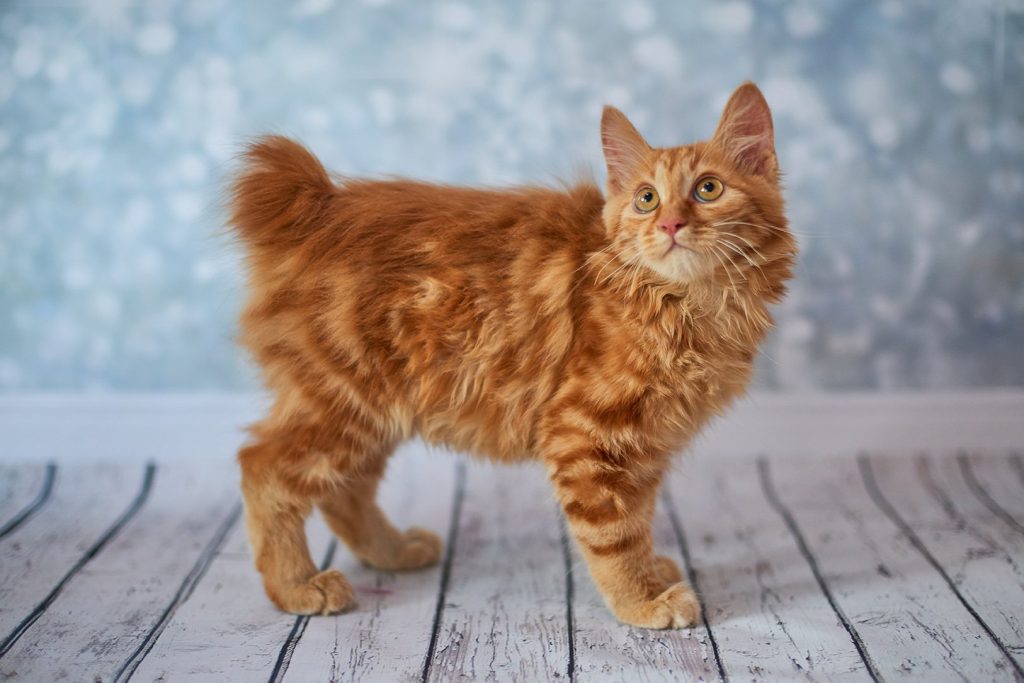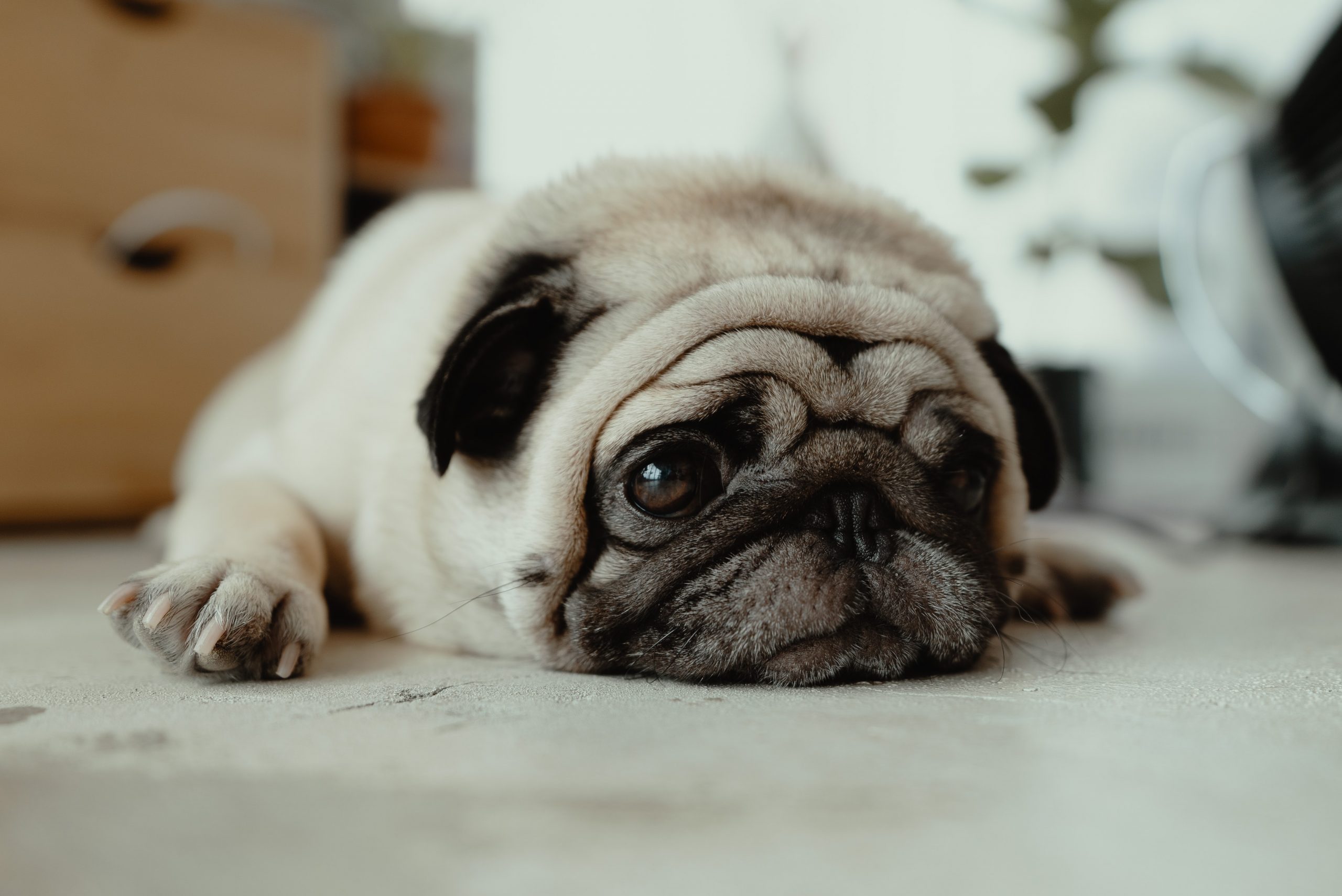
Dogs that are overly attached or dependent on family members have separation anxiety. They display extreme anxiety or distress behaviours when separated from their owner. Dogs are social animals which makes them prone to separation anxiety.
What causes separation anxiety?
Dogs can experience separation anxiety when there is an abrupt change in schedule. One prominent factor in triggering separation anxiety is the amount of time a dog is left alone. Other factors can include being abandoned, surrendered to a shelter or given to a new family.
What are some signs of separation anxiety?
The most common signs of separation anxiety are vocalisation, destructive behaviour and not eating while the owner is away.
Here are some signs of separation anxiety in dogs.
When left alone, they might:
- Howl, bark, or whine excessively
- Chew things up, dig holes, scratch at windows and doors
- Drool, pant, or salivate way more than usual
- Pace, often in an obsessive pattern
- Houdini Syndrome (trying to escape)
- Psychogenic anorexia (not eating when you are gone)
When with you they might:
- Follow you around
- Pre-departure anxiety
What can you do if your dog has separation anxiety?
Here are some steps you can follow:
Establish a routine
Since your dog is anxious, it is important to try to make him calmer. Establish a daily routine which can allow your dog to predict when he can expect attention.
Activities such as exercise, feeding, training and play should be included in this daily routine. Furthermore, this can help him prepare for inattention activities such as napping.
Meet your dog’s needs
When interacting with your dog, make sure you are meeting all his needs. You should initiate enough interactive sessions and provide your dog with enough play and attention. When those sessions are over, your dog will be prepared to settle down and relax.
During this time, you can give your dog chew toys to allow them to focus on settling down. You can replace your standard food bowls with feeding toys so that it requires more mental and physical effort during feeding time.
Give rewards appropriately
Dogs with separation anxiety will likely favour rewards that come from attention and play. Each treat given to your dog should be well thought out. You need to reinforce your dog for settling down, relaxing or showing independence.
During training, you should focus on relaxed down, going on a bed or mat command. If your dog seeks attention, you should ignore him entirely until he settles, or have him do a down-stay.
After some time in the down-stay, give attention as a reward. Gradually, increase the time periods of inattention, then give attention as a reward. Take note that you should be ignoring attention-seeking behaviours and not your dog. This method will allow your dog to learn that calm and quiet behaviour is the only way to get your attention.
Train “settle”.
The objective of this training is to ensure that your dog settles down on cue. Before giving any rewards, your dog should be settled down or lying on his bed. For a few weeks, casual interactions and attention seeking behaviours should be ignored. Ensuring that only calm behaviours will be rewarded.
Create an area for relaxation
Create a space where your dog can be taught to rest, nap, and play with his toys. By doing so, it can be a secure place where your dog settles when you are not home.
Start by training your dog to go to the area. Gradually, increase the time. You can consider having a barricade or crate to ensure that your dog stays in that area for the allocated time for each session. However, do take note of your dog’s limits. To prevent crying or barking behaviour from being reinforced, it is important that your dog is calm and settled when released.
You can give your dogs some of his rewards only in this area. You can include audible cues such as TV, or odours such as candles, or your clothing with your scent to help your dog relax in that area.
Work on responses to commands.
Having your dog earning all rewards can be useful. Before receiving anything your dog wants, you can have your dog respond to a command such as “sit”.
If your dog’s situation is more serious, it would be best to consider these following methods:
- Consult a veterinarian.
Symptoms shown can be an indication of other issues. Further understand and confirm your dog’s symptoms by getting an official diagnosis.
- Consult with an animal behavioural specialist.
If your dog has been diagnosed with separation anxiety by the veterinarian, you should consult with an animal behavioural specialist. They would have a consultation based on the specifics of your dog’s lifestyle and behaviour. They can help come up with a plan to help your dog ease their separation anxiety.
































